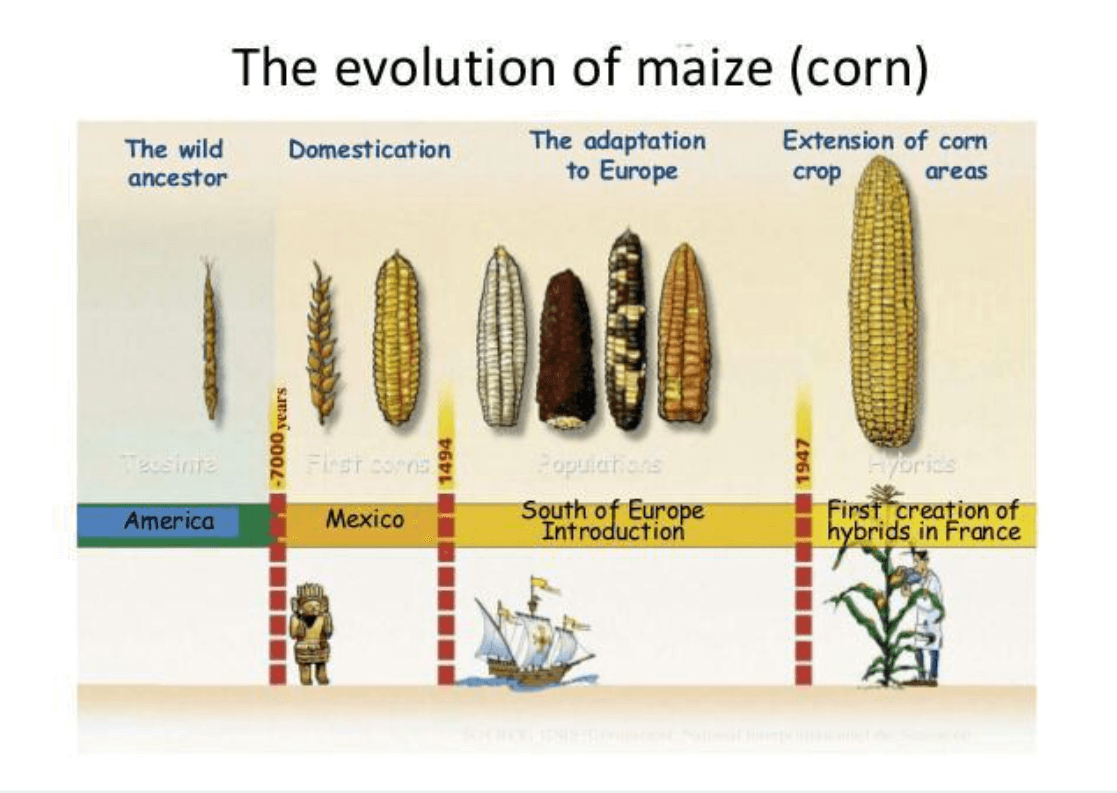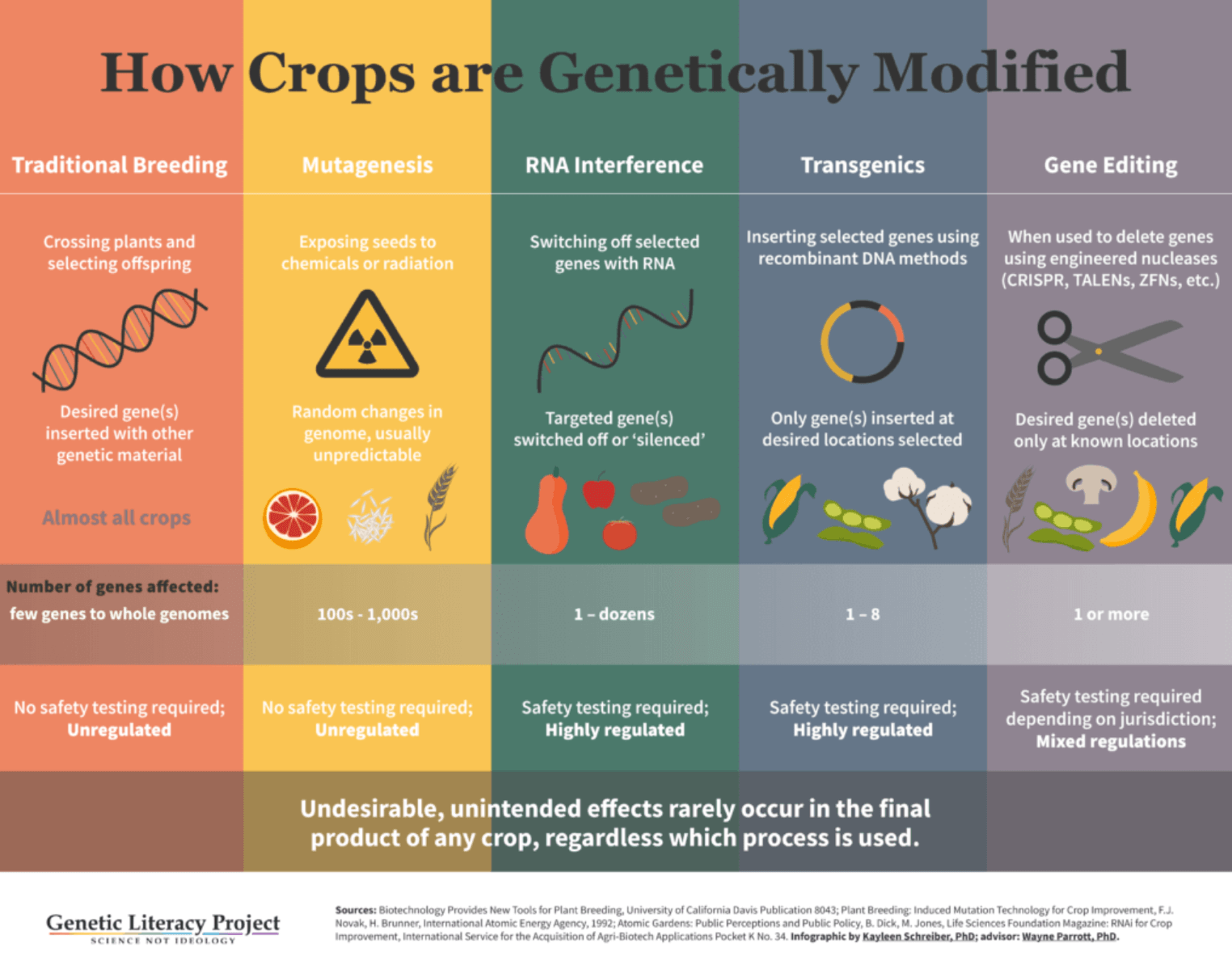Last year, my friend Kevin Folta, professor of horticultural sciences at the University of Florida, tweeted this after getting scolded by amti-biotechnology activists who had invaded a farm discussion group:
A cover story in Nature Genetics years ago described Kevin’s own research on that very topic. From 2007 to 2010, he worked on a project to sequence the strawberry genome, and continues to do research on the compounds responsible for flavor in strawberries. One of his key findings: “Genes critical to valuable horticultural traits including flavor, nutritional value and flowering time were identified.” And oh, yes: He is also a prolific fruit farmer.
But science skeptics on social media think they know better because they’ve “done their research.” What that hackneyed phrase usually means is that they know how to Google; As a result of Google’s algorithms, their search findings turn up like-minded posts that reinforce the prejudices of the searcher. (It’s called ‘confirmation bias’.) Unless they are ‘in the trenches’— as is Prof. Folta — they’re not doing research, but merely parroting the opinions of those in their information bubble world.
What the know-nothings don’t know is that although no genetically modified strawberry has ever been released to market, research to develop new non-GMO strawberry varieties is performed in many places. One notable, serial innovator is the University of California, Davis, which is renowned for their agricultural research. This is from their website:
Our primary focus is to deliver superior genetics and commercial cultivars to conventional and organic strawberry farmers in California and worldwide. We operate…breeding programs in coastal California production environments stretching from Irvine to Ventura to Santa Maria and Watsonville—the ‘Strawberry Belt’—providing best-in-class products for fall plant and summer plant markets. We work closely with commercial growers and packers to trial genetics in these regions to properly gauge the reward potential of new varieties for our stakeholders.

‘Moving genes’ to create new crops
Here is more that the know-nothings don’t know: Humans have been modifying the DNA of our food for thousands of years (even though it wasn’t known that DNA was mediating the changes until the 20th century). We call it agriculture. Early farmers (>10,000 years ago) used selective breeding to guide DNA changes in crops and animals to better suit humans’ needs.
Human involvement gradually became more interventionist and scientifically sophisticated over the centuries. Approximately 100 years ago plant breeders began using harsh chemicals and/or radiation to randomly change, or mutate the DNA of crop plants. These mutagens caused innumerable changes to the DNA, none of which was characterized or examined for safety. The plant breeders looked for and selected for desired traits of various kinds. Problems were rare. More than 3,000 plants including more than half of all food crops today have been modified in this way including food favorites such as sweet Ruby Red Grapefruit, barley used to produce Scotch whiskey, disease-resistant cocoa, high-yielding rice and spineless pineapples.
The domesticated fruits, vegetables and grains we buy in the grocery store bear little resemblance to ancestral varieties. The picture below shows the evolution of corn, which occurred via a variety of techniques. It began as wild teosinte, which gradually evolved via human intervention into modern corn thanks to the efforts of plant breeders and farmers.

Since the 1930s plant breeders have performed ‘wide cross’ hybridizations in which large numbers of genes moved from one species or one genus to another to create plant varieties that cannot and do not exist in nature. Common commercial varieties derived from wide crosses include tomato, potato, oat, rice, wheat, and corn, among others.
Approximately 40 years ago agricultural scientists and plant breeders began to use a breakthrough innovation in the evolution of agricultural breeding, recombinant DNA technology (“gene splicing”). It shares some aspects of traditional and mutation breeding but the changes to the DNA in our crop plants were far more precise and predictable. This molecular genetic engineering (GE) approach typically takes a gene with a known function and transfers it into the genome of a seed of a crop plant, enabling the now genetically engineered plant to protect itself from insect pests.
One of the earliest GE plant innovations was the breeding of what are known as Bt (Bacillus thuringiensis) crops based on a naturally occurring, soil-borne bacterium that has been used by organic farmers in spray form since the 1950s for insect control.

Because Bt comes from a natural source, it is called a biopesticide. Geneticists have engineered the Bt gene into a variety of crops, such as cotton, soybeans, corn and eggplants. Whether sprayed or inserted, Bt kills worms and caterpillar stage insects but has no effect on humans, birds, earthworms, or beneficial insects such as honeybees or ladybugs.

Stigmatizing biotechnology with radioactive words
As recombinant DNA-modified organisms began to be introduced in the early 1990s, the term “GMO,” for “genetically modified organism,” was widely embraced as shorthand for the new technology. GMOs are transgenic, meaning the engineered seed is made by transferring a gene with a unique characteristic (such as naturally repelling worms) to the genetically engineered one. This process is called transgenesis. Because a gene is transferred from one species, scientists call it a ‘foreign gene’. Transgenic, ‘man-made’ genetically modified organisms have been part of our diet for almost a century.
Biotechnology rejectionists cynically represent the meaning of the terms “foreign genes” and “organism” in an effort to stigmatize this process and scare the public.
In scientific terms, the word ‘foreign’ is entirely neutral; it just means an inserted gene, such as the bacterial Bt gene, is from a different crop species — an organism.
The word ‘organism,’ deployed as an ‘eeeeww’ weapon—who would want to eat an ‘organism’? —is also scientific and benign. An “organism” is nothing more than a ‘living thing’, one of the original Greek meanings of the word organon from which it was derived. But the pejorative use of it to stigmatize genetic engineering as ‘unnatural’, that is, a distinct new entity whose safety might be uncertain.

Evolution in agriculture of ‘moving genes’
Since the advent in the 1970s of recombinant DNA technology, which enables segments of DNA to be moved readily from one organism to another, molecular genetic engineering techniques have become increasingly more precise and predictable. This evolution has culminated in the development of even more sophisticated techniques, dubbed “gene editing,” in which the changes are most often made on a plant’s genome without the introduction of a foreign gene. This chart shows some of the various ways crops have been genetically modified over millennia.

Making these terminologies even more confusing, gene-edited organisms are sometimes considered (by non-scientists, including some regulators and many legislators) to be distinct from and therefore safer than “GMOs.” People ask: “Because they are supposedly more precisely crafted, do gene-edited organisms need to be regulated as stringently as GMOs?”
The answer is that it depends on the organism; the poisonous mushroom Amanita phalloides or a ‘noxious weed’ (a USDA regulatory term) must be approached differently from a corn plant. That gets us back to the seamless continuum of genetic modification — it’s all about the characteristics of the product, not the process that created it. There are examples of what scientists call ‘natural GMOs’: sweet potatoes, which are roots created by what’s called horizontal gene transfer, as it incorporates ‘foreign’ genes from bacteria.

This saga illustrates the fecklessness of anti-biotechnology activists, and the seamless historical continuum of genetic modification—and where strawberries fit in (that is, aside from topping my morning yogurt and muesli).
Henry I. Miller, a physician and molecular biologist, is the Glenn Swogger Distinguished Fellow at the American Council on Science and Health. Find Henry on X @HenryIMiller

